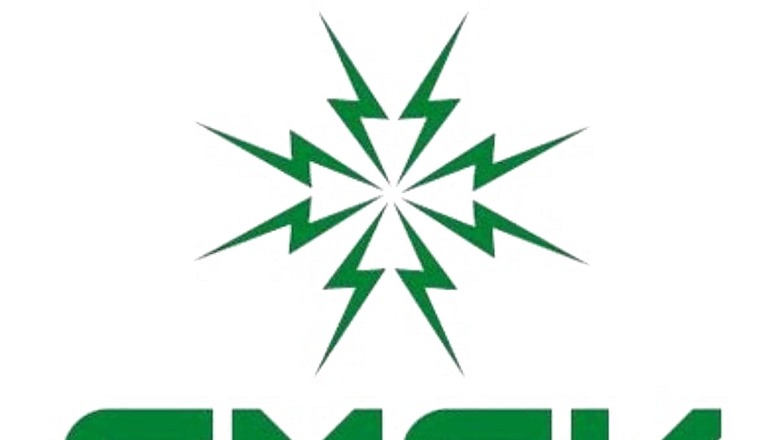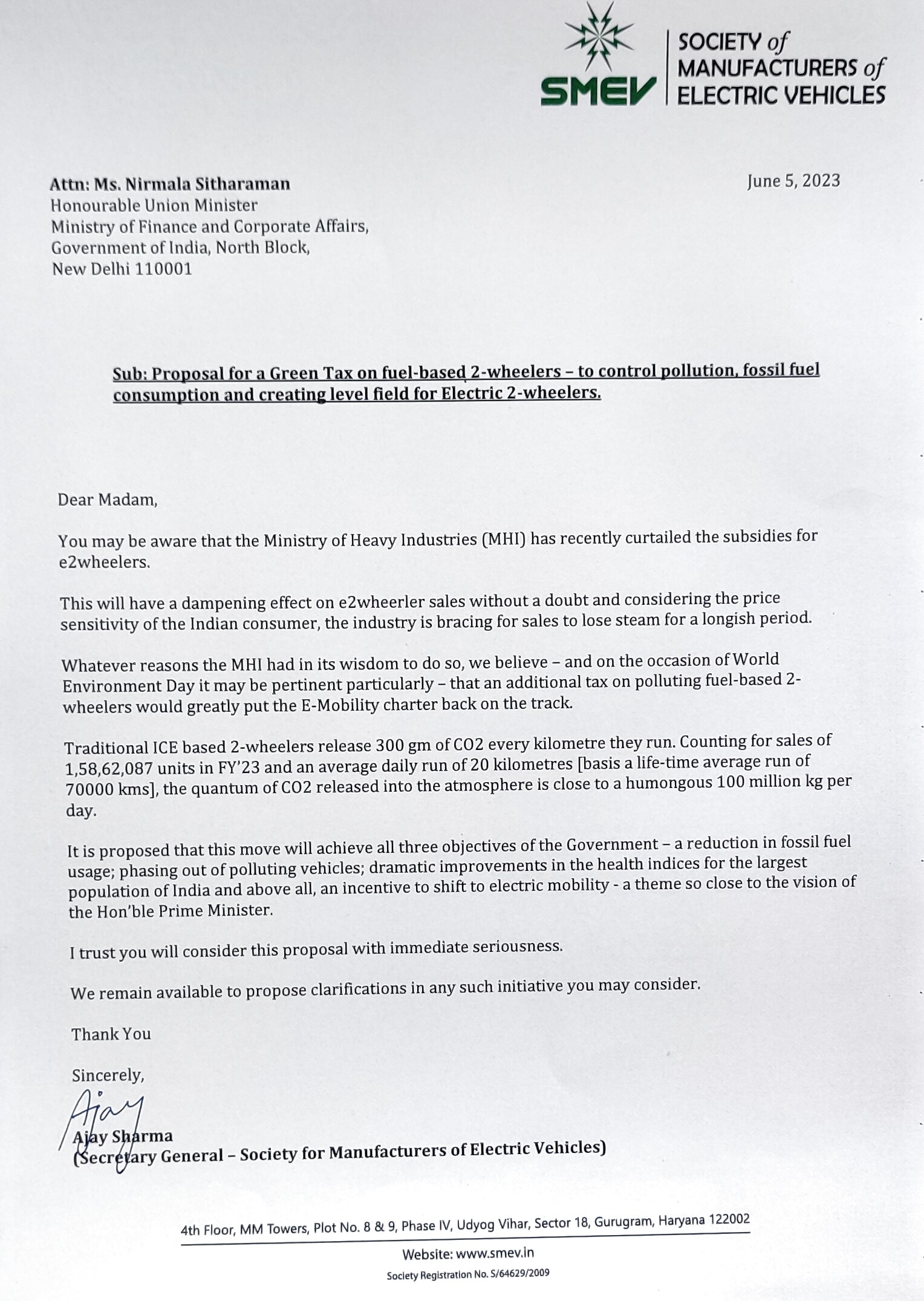
views
On World Environment Day, the Society of Manufacturers of Electric Vehicles (SMEV), the registered association representing Indian electric vehicle manufacturers, has took a bold step by urging the government to impose an additional Green Tax on internal combustion engine (ICE) vehicles.
This strategic step intends to promote the adoption of electric vehicles and aid in the mitigation of the pollution brought on by crude oil imports.

The proposed Green Tax will help to revive the FAME scheme in addition to mitigating the anticipated decrease in EV sales caused by the loss in subsidies starting this month. Furthermore, SMEV suggests that a tax increase of 100 basis points on ICE two-wheelers- that emit pollution will raise money to subsidize electric two-wheelers, effectively reviving the FAME programme.
Moving on, SMEV emphasizes that the average ICE two-wheeler emits nearly 300 grams of CO2 per kilometer, posing a significant environment burden. The load of CO2 emissions from ICE scooters amounts to a staggering 9 kilograms per vehicle per day when taking into account an average daily distance of 30 kilometres and a lifetime mileage of 70,000 kilometres.
With sales in FY’23 reaching 1,58,62,087 units, the cumulative emission amount to an alarming 142 million kilograms of CO2 released into the atmosphere daily. Surprisingly, the total CO2 emissions from FY’23 ICE scooters reach an astounding 333 billion kilograms, which will have a negative impact on the nation’s long-term health and economy.
Also Read: World Environment Day 2023: Most Affordable Electric Cars in India – Price, Range and More
Citing Niti Aayog, which found that compared to petrol or diesel vehicles, electric vehicles are substantially more energy-efficient, converting over 60 percent of the electrical energy from the grid to drive the wheels. This discrepancy implies a significant waste of almost 80 percent when driving conventional fuel-powered automobiles. Additionally, the necessity for a shift to electric mobility is urgently needed because petrol and diesel vehicles release approximately three times as much carbon dioxide as the typical electric vehicle.
Mr. Sohinder Gill, Director General of SMEV, reiterates the association’s recommendation, stating, “It is time for the EV sector to compete on an equal footing with ICE vehicles. While we are addressing awareness and adoption challenges as an industry, the cost of ownership remains the biggest hurdle in India’s price-sensitive market. Imposing additional Green Tax on ICE vehicles will not only level the playing field between EVs and ICE vehicles but also encourage major OEMs to enter the EV market with confidence and a long-term perspective, ultimately benefiting the country.”
Moreover, India is committed to minimising the impact of charging electric vehicles, as seen by its ambitious 2030 objective of generating 40 percent of its installed electric power capacity from non-fossil fuel sources. Electric vehicles are unquestionably the way of the future, and we must hasten this change.


















Comments
0 comment